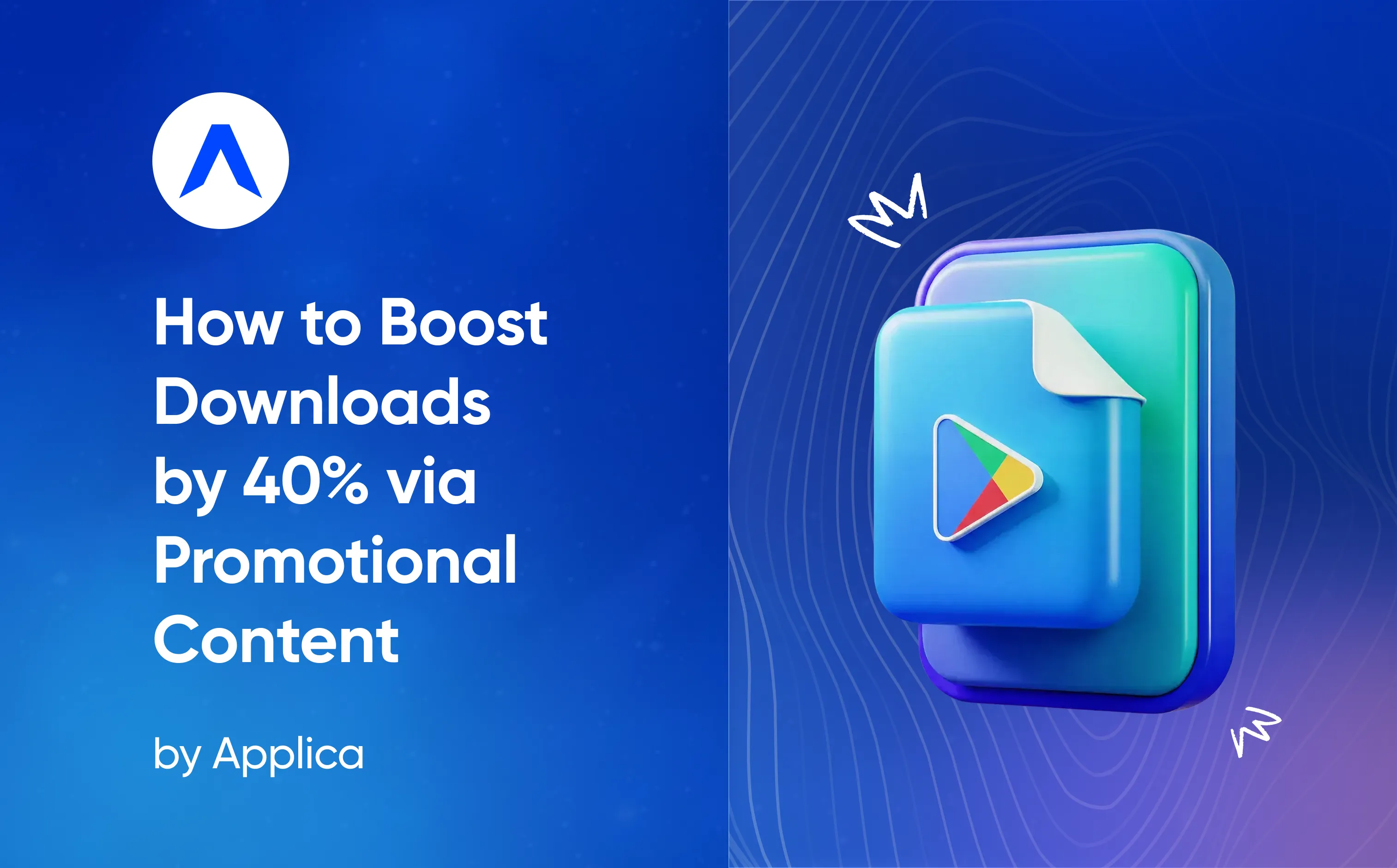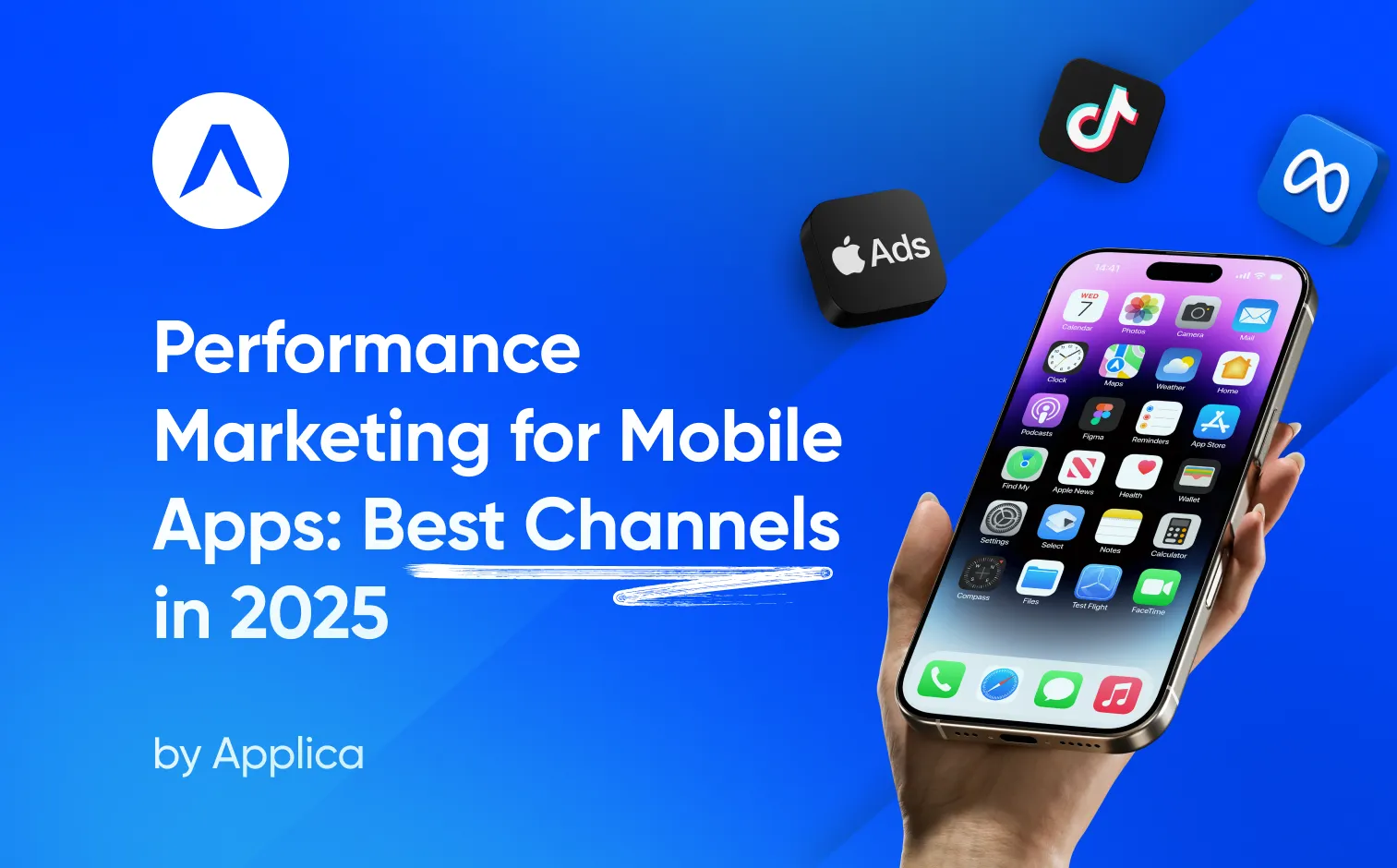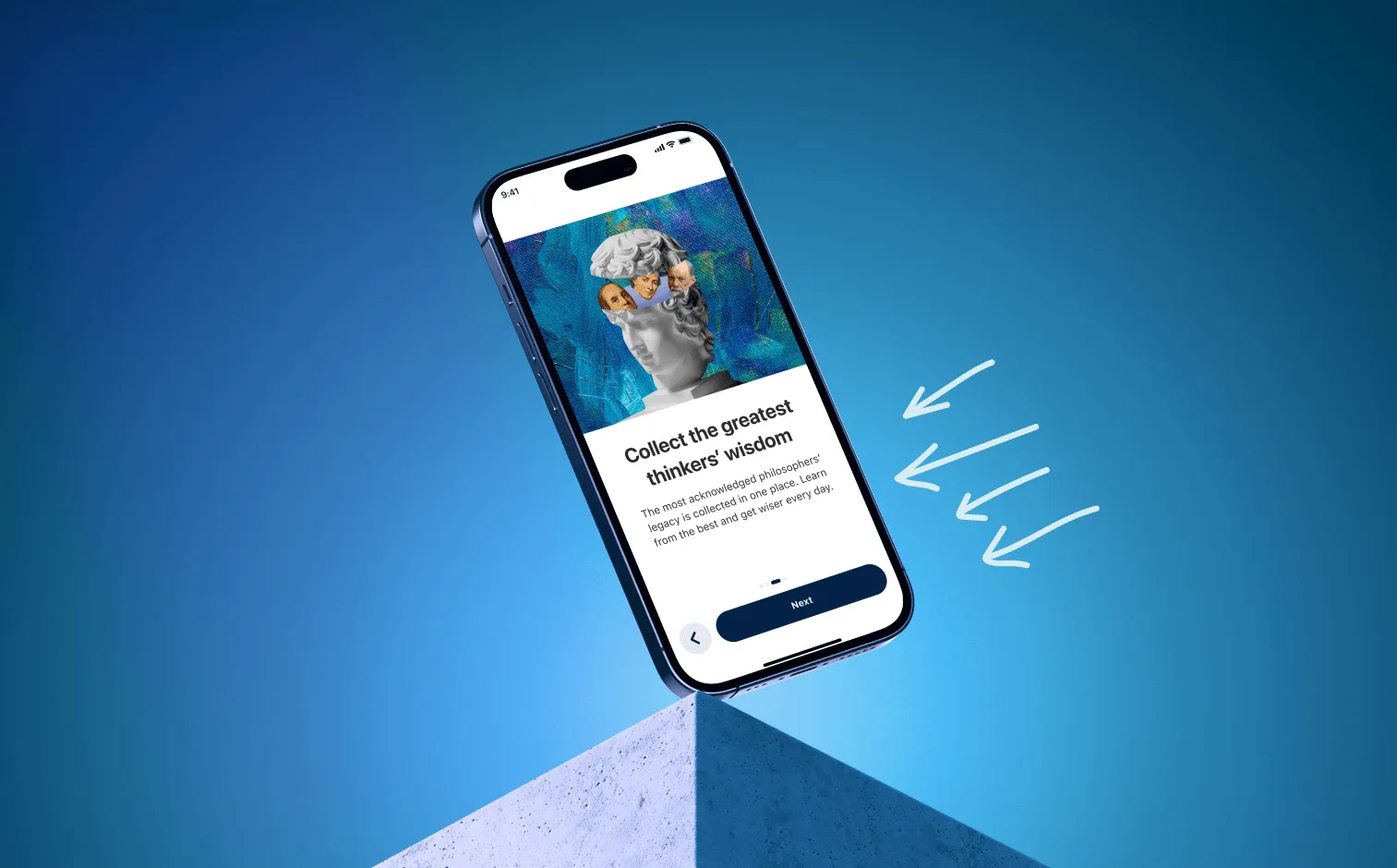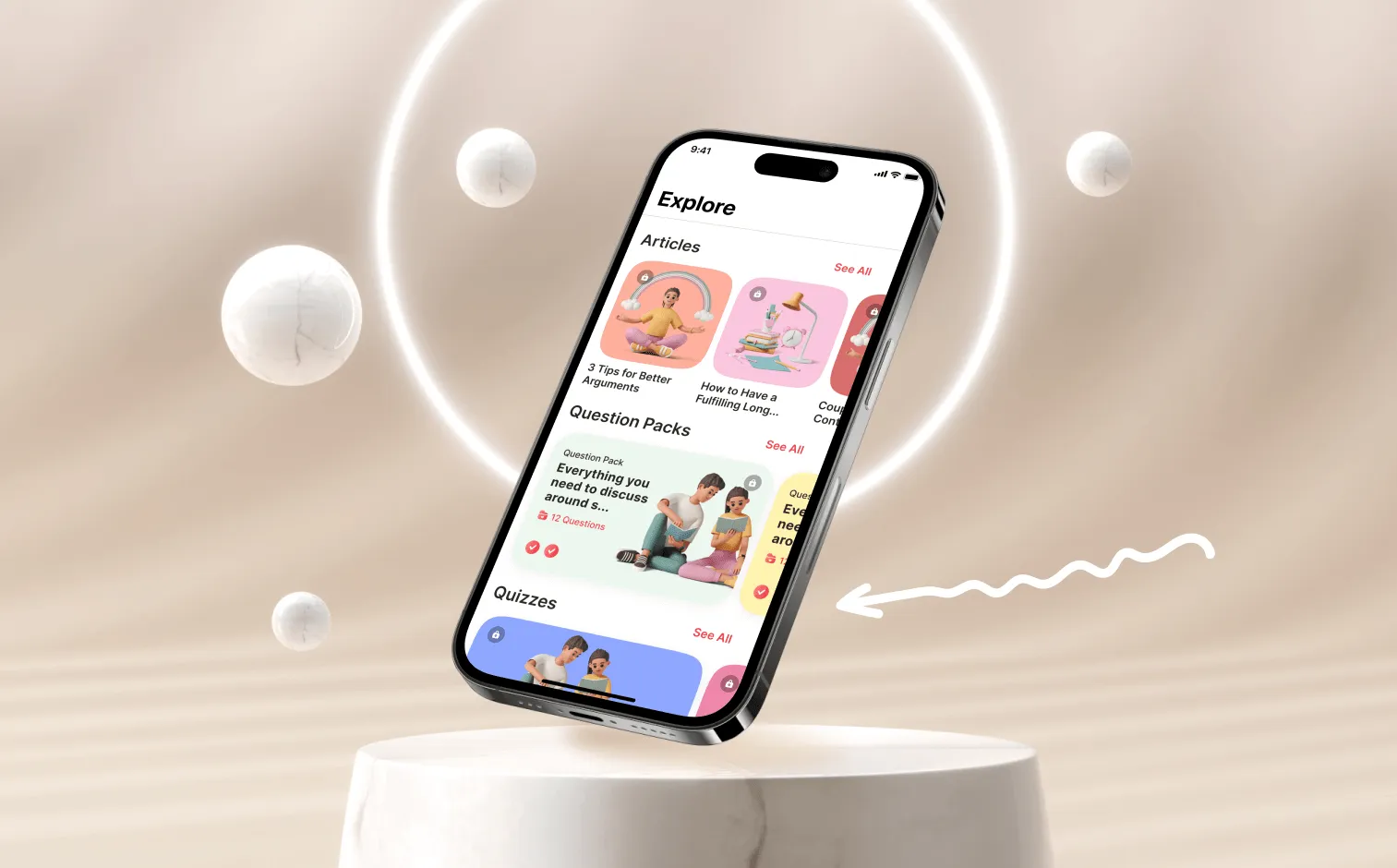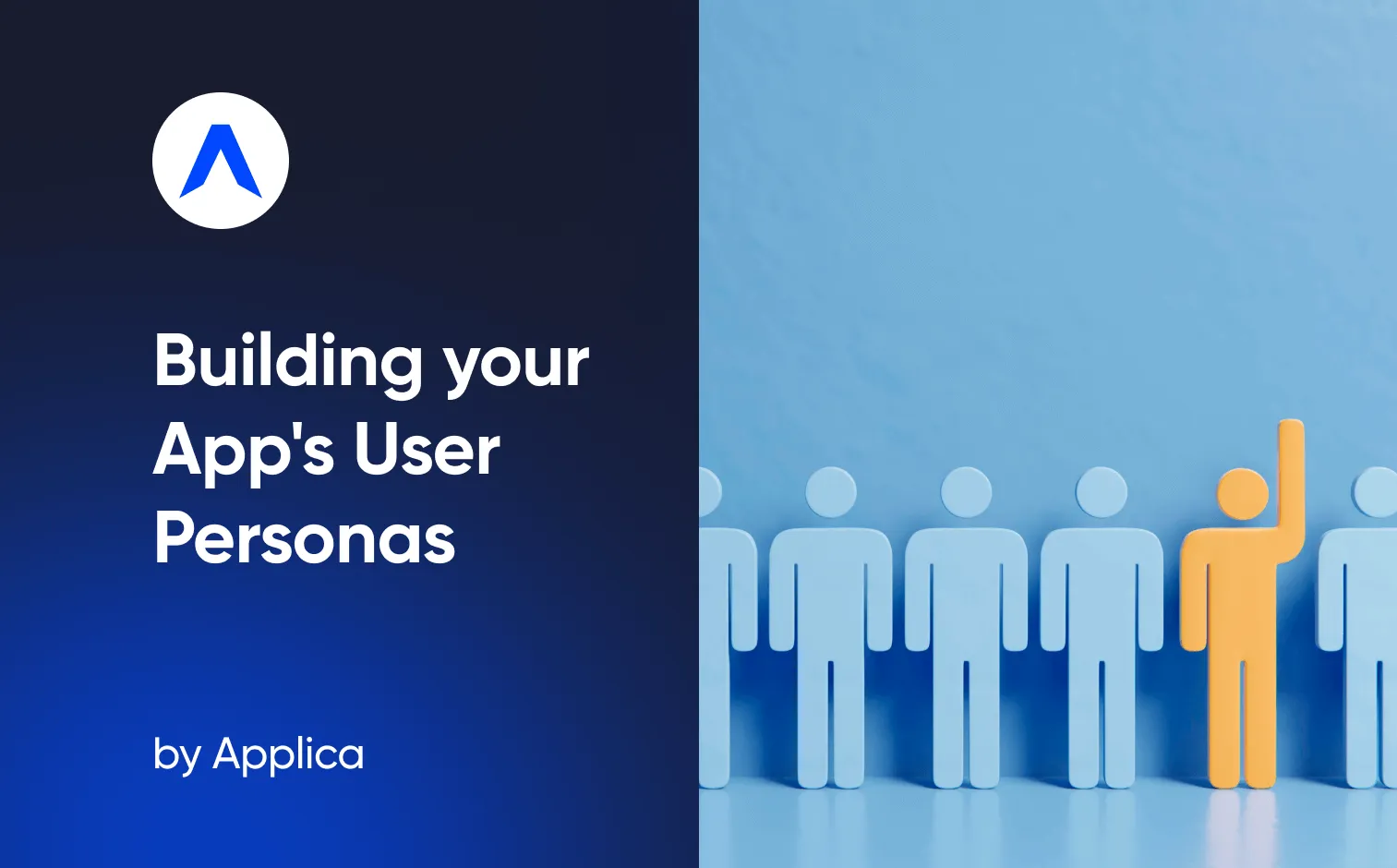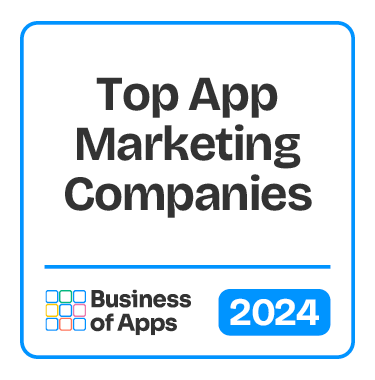User Activation
User acquisition in apps is an important marketing strategy that focuses on getting new users to install and use an app. App developers and marketers use a variety of user acquisition tactics such as paid advertising, organic search, email campaigns, referral programs, and influencer marketing to reach new users. It is important to focus on increasing the visibility of an app and building a loyal user base in order to ensure continued growth and success. Additionally, it is important to measure user acquisition metrics such as cost per acquisition, customer lifetime value, and return on investment in order to gauge the success of a user acquisition campaign.
Activation Rate
Activation rate is an important metric for mobile apps, as it measures the number of people who have downloaded an app and used it at least once. It's a key indicator of how engaging and successful an app is; a high activation rate means that users are interested in the app and are coming back to use it regularly. To increase an app's activation rate, developers can use a variety of tactics, including offering discounts, engaging content, and great customer service. As activation app rate is a key indicator of success, it's important to regularly monitor and analyze the performance of an app in order to identify areas of improvement and ensure the app is providing users with the best possible experience.
Using the 6 Persuasion Principles
Reciprocity
Reciprocity is a powerful persuasion principle that can be used to encourage user activation within apps. Reciprocity relies on the idea of exchanging goods and services in order to create a mutually beneficial relationship. For example, a mobile app could provide users with a free trial period, or a discount on their first purchase. This would create a sense of goodwill that users may feel obliged to repay by engaging with the app. Reciprocity is a great way to encourage users to explore the app and its features, as they will feel like they are getting something valuable in return.
Consistency
Consistency is an important persuasion principle when it comes to activating users in apps. By reinforcing user actions and decisions, consistency can help ensure that users stay engaged with your app and continue to return. By making sure that the user experience remains consistent during each visit, users will be more likely to trust your app and to have a positive experience. Additionally, consistency can create an environment where users feel comfortable trying new features or capabilities and will help them build confidence in your product. By creating a consistent user experience, you can help build brand loyalty and encourage users to keep coming back.
Social Proof
Social proof is an important persuasion principle for user activation apps. It is the idea that people are more likely to take action if they see that others have already taken it. This can be as simple as displaying positive reviews and ratings from other users, or as complex as providing unique incentives for users to refer friends or join a loyalty program. This type of user activation is especially important for apps that rely on a network effect, as it helps to drive the growth of the user base. By leveraging the power of social proof, app developers can create a powerful incentive for users to become more engaged and active.
Authority
Authority is an effective persuasion principle for user activation in apps. People are more likely to take action when they feel that the source of the message has a degree of expertise or credibility. For example, if a user sees that a reputable app developer has created an app, they are more likely to download it. Additionally, if an app is endorsed by a trusted source, such as a celebrity or influencer, the user is more likely to download it and use it. App developers can use this principle of authority to their advantage by leveraging the power of influencers or by highlighting the credentials of the app's creators. By utilizing authority, app developers can increase user activation, making their apps more successful.
Liking
Liking is a powerful persuasion principle when it comes to user activation in apps. By making users feel valued and appreciated, apps can foster a sense of connection that encourages people to come back and stay engaged. For example, apps can use features such as personalized recommendations and rewards to show users that their preferences and behaviors are noticed and appreciated. This sense of recognition and appreciation can be a powerful motivator for users to stay active on the app. Additionally, apps can use social media elements such as likes, comments, and shares to create a sense of community, which can further increase user engagement and loyalty.
Scarcity
Scarcity is an important persuasion principle for user activation in apps. By creating a sense of urgency, scarcity can be used to motivate users to take action. For example, limited-time offers, exclusive discounts, and special deals can be used to encourage users to sign up for an app or purchase a premium subscription. Additionally, if an app's content is limited or exclusive, users may feel motivated to join in order to access content that is not available elsewhere. By creating a sense of urgency, scarcity can be a powerful tool to encourage users to take action and stay engaged with an app.
Optimize Time-to-Value
Optimizing time-to-value for user activation in apps is essential for improving user engagement and experiences. This involves creating a streamlined onboarding process that helps users quickly understand the value of an app and what it has to offer. Developers should also focus on creating a user-friendly interface that is easy to use and navigate. Additionally, developers should ensure that the app provides immediate value to users, such as providing helpful tips or providing rewards for taking certain actions. By focusing on optimizing time-to-value, developers can help users quickly understand the value of their app as well as create a positive experience that encourages user engagement and loyalty.
Work on Your Onboarding
The onboarding process for user activation in apps should be designed in a way that quickly and easily familiarizes the user with the app. To do this, the app should provide a simple and intuitive user interface, with clear instructions and visual cues to guide the user through the activation process. Additionally, the onboarding process should provide personalized options and recommendations, as well as helpful tips and tutorials, to ensure the user understands the app's features and how to use them. Finally, the app should also provide additional support, such as FAQs and help centers, to aid the user in case they get stuck or have any questions. By taking these measures, apps can create an effective and streamlined onboarding process that will help ensure users have a positive and successful experience with their app.
What is the Difference Between User Activation and User Onboarding?
User onboarding is the process of introducing a new user to a product or service and helping them understand how to use it. It is an important part of making sure users are successful when they use the product or service. User onboarding can help increase user engagement, reduce user frustration, and help users understand how to use the product or service to its full potential. It typically involves a combination of tutorials, walkthroughs, videos, and help articles to ensure users understand the product or service and how to use it. By providing this initial guidance and support, users can become more engaged, more productive, and more satisfied with their experience.
User activation is the process of getting a user to sign up for an account and take the necessary steps to make it active. User onboarding is the process of introducing a user to the product or service and helping them begin to use it effectively. User activation is the initial step in the process, while user onboarding is the step that follows to ensure that the user is comfortable with the product or service.
Conclusion
In conclusion, user activation is a critical element of any successful product launch. It can help ensure that users are engaged with the product, stay active, and remain satisfied with their experience. With the right onboarding strategy and user activation tactics, companies can ensure that their product is not only well-received but continues to be used in the long term. Companies should always keep their user activation strategy top-of-mind when launching a new product, as it can be the difference between success and failure.





